Posts Tagged glass
Artist in Residence: Shelley Muzylowski Allen

Looking Glass by Shelley Muzylowski Allen.
This month we’re excited to welcome Shelley Muzylowski Allen to the Greenfield Village Glass Shop at The Henry Ford as our July Artist in Residence. You can see Shelley in action July 9-13; get to know a little more about Shelley in this Q&A.
Tell us a little bit about you and your work.
I was born in Northern Manitoba in a small mining town. I believe that its open skies and barren landscape fostered imagination. I spent a lot of time outside in the long summer light playing outside - on the railroad tracks and on large rock slabs, sometimes finding fossilized stone. During the extreme winter days, my sister and I would dig tunnels through the snow and at night, I would watch the aurora borealis create light up shapes on the snow and on our curtains inside. Here I started to paint at a very early age and eventfully studied the medium at the Emily Carr Institute of Art.
My work then and now was directly influenced from my experiences and environment that surrounded me. I layer glass powder colors and use a reverse carving technique to achieve detail, texture and a painterly style on my blown sculpture. I hope that by leaving ambiguity and creating gesture in the recognizable natural forms, that they become universal, creating their own story and sparking an emotion or a memory in the viewer.
How did you get started with glassblowing?
After I finished my BFA, I worked at a nonprofit arts center in Vancouver, B.C. One of my co-workers saw my paintings and suggested that my work would translate really well to glass. She had been to the Pilchuck Glass School and gave me their catalogue. I had only seen perfume bottles and functional ware being created on the pipe, so I didn’t understand why she thought I should go there. I applied out of curiosity.
The second I walked in the Pilchuck hot shop my life changed completely. I became obsessed with the medium and that fall drove to Seattle to take lessons at night and then back to Vancouver the same night. In retrospect I realize that because I was so open to and intensely focused on working and learning this medium the path I was to follow unfolded before me.
I was extremely fortunate that both Rik Allen and Karen Willenbrink Johnsen (friendships that began during the Pilchuck session) asked me to assist them during that winter season. A couple of years later, Rik and I got married. I was regularly assisting Karen which led me to work with Bill and the Morris team. I was in awe of and had great respect for the passion and fearlessness that every member of that team had working with glass. It is a way of seeing and working that I strive to continue in my own shop and work.
What piece are you most proud of that you’ve created to date?
One of my most recent pieces, See, Swan, that is currently on exhibit at the Habatat Galleries, in Royal Oak, Mich., and focuses on a nearly life-size swan and its reflection, has opened up a new dialogue and direction with glass and my subject matter.
Focusing on a local and magnificent natural phenomena — the northern migration of the swans through the Skagit Valley — See, Swan, is a meditation on this fragile existence.

See, Swan (2018) Blown, hand-sculpted, and engraved glass, steel, 39”w x 80”H x 12”d
Where do you find inspiration for your work?
Inspiration is all around me in the natural world. I watch the weather and the seasons, the flora and the fauna, and how they respond to each other and connect to us as humans.
What are you most looking forward to as being an Artist in Residence this year?
I am looking forward to working and being in the presence of such a magnificent and important collection of history. Stepping out of my familiar work environment, I can let go of my everyday routine stimulating and allowing space for growth and ideas. I’m excited to work with more transparent pieces utilizing the shop’s color pots and am designing some new pieces regarding this. I’m also really looking forward to working with The Henry Ford’s team and exchanging skill sets and ideas.
Additional Readings:
- Artist in Residence: Dean Allison
- Goblet by Lino Tagliapietra, 1996
- Davidson-Gerson Gallery of Glass
- Glass Gallery x2
Canada, women's history, Michigan, making, Greenfield Village, glass, Dearborn, artists in residence, art, 21st century
Lessons From the Past, Visions for the Future
art, making, Greenfield Village buildings, glass, artists in residence, Greenfield Village
Artist in Residence: Herb Babcock
Meet our next artist in residence, Herb Babcock.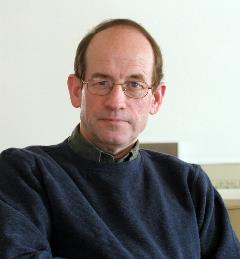 Tell us a little bit about yourself and your work.
Tell us a little bit about yourself and your work.
I was born in a small town in Ohio in 1946. I received a BFA in Sculpture from the Cleveland Institute of Art, Cleveland, Ohio in 1969 and an MFA in Sculpture from Cranbrook Academy of Art, Bloomfield Hills, Michigan in 1973. I studied sculpture at the Skowhegan School of Painting and Sculpture, Skowhegan, Maine 1967 and glass at the Toledo Museum of Art, Toledo, Ohio from 1970-71.
I am Professor Emeritus, College for Creative Studies. I taught at CCS for 40 years. Currently I indulge myself in the studio, conceptualizing and creating art.
Fire began to dominate my art in 1969, the first time I tried to blow glass. As a sculptor, I was forging steel into “form.” Molten glass was an alternative: a hot, quick and scary medium to make art. Once I immersed myself in the glass process, the material became a “fine art” medium for me. 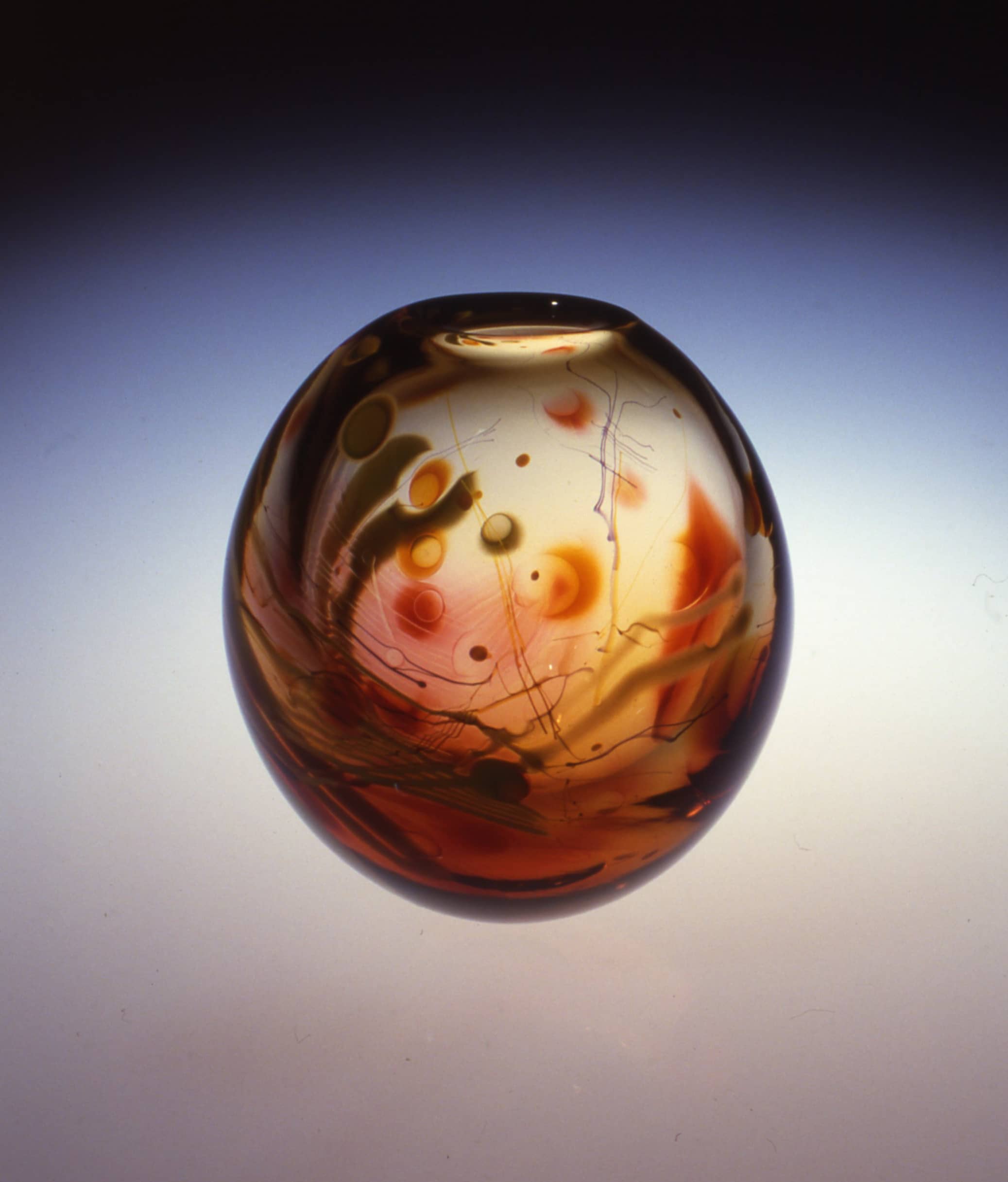
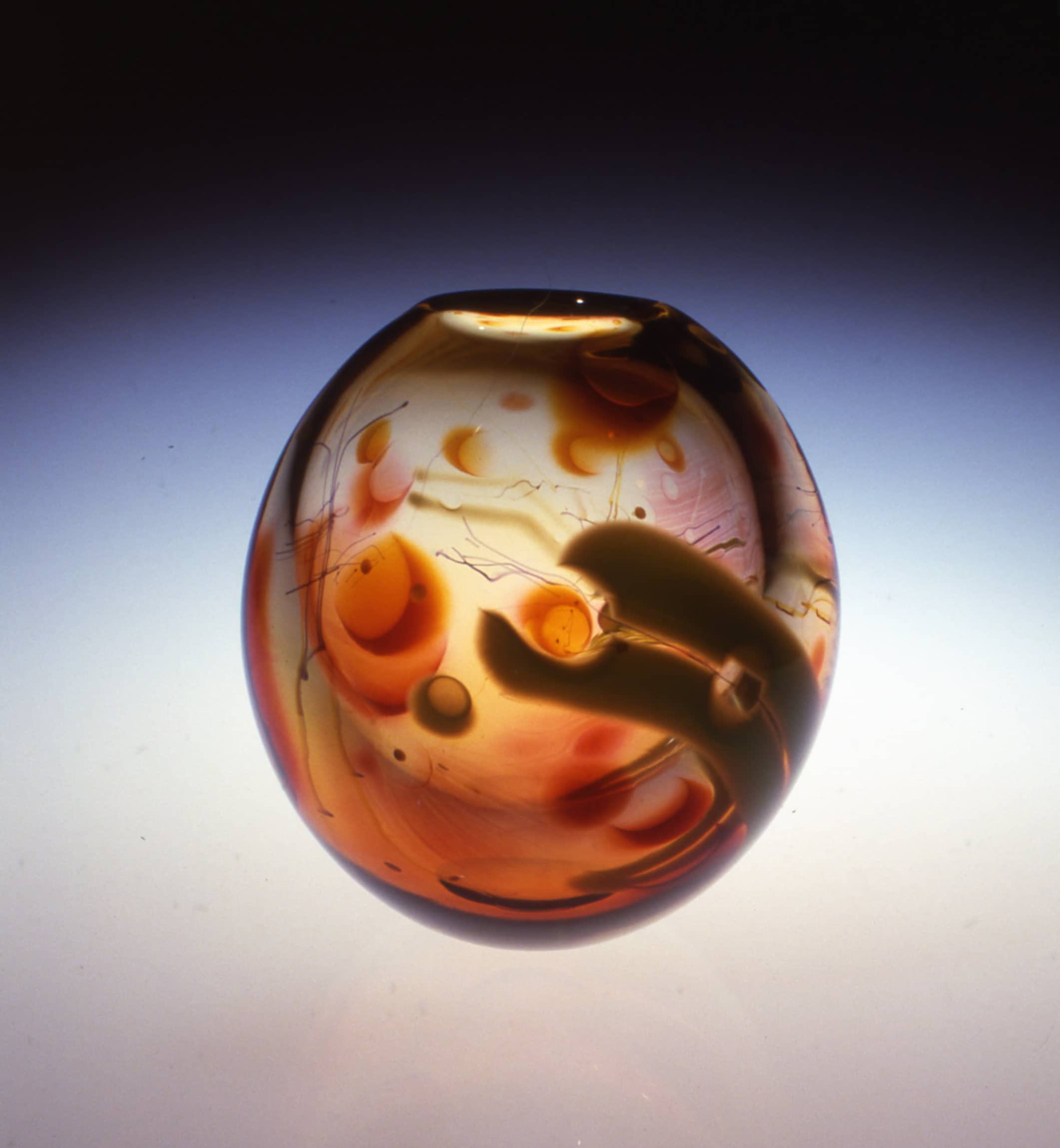
As my glass skills evolved and I explored a new process, I created the Image Vessel Series in 1976. In this series, I “painted” using color and line, and “sculpted” to produce a three-dimensional image through a blown-glass vessel.
Do you have a favorite piece you’ve created?
Not one favorite piece; however, each step in the evolution of my work has produced several pieces that I believe interpret what I am trying to say.
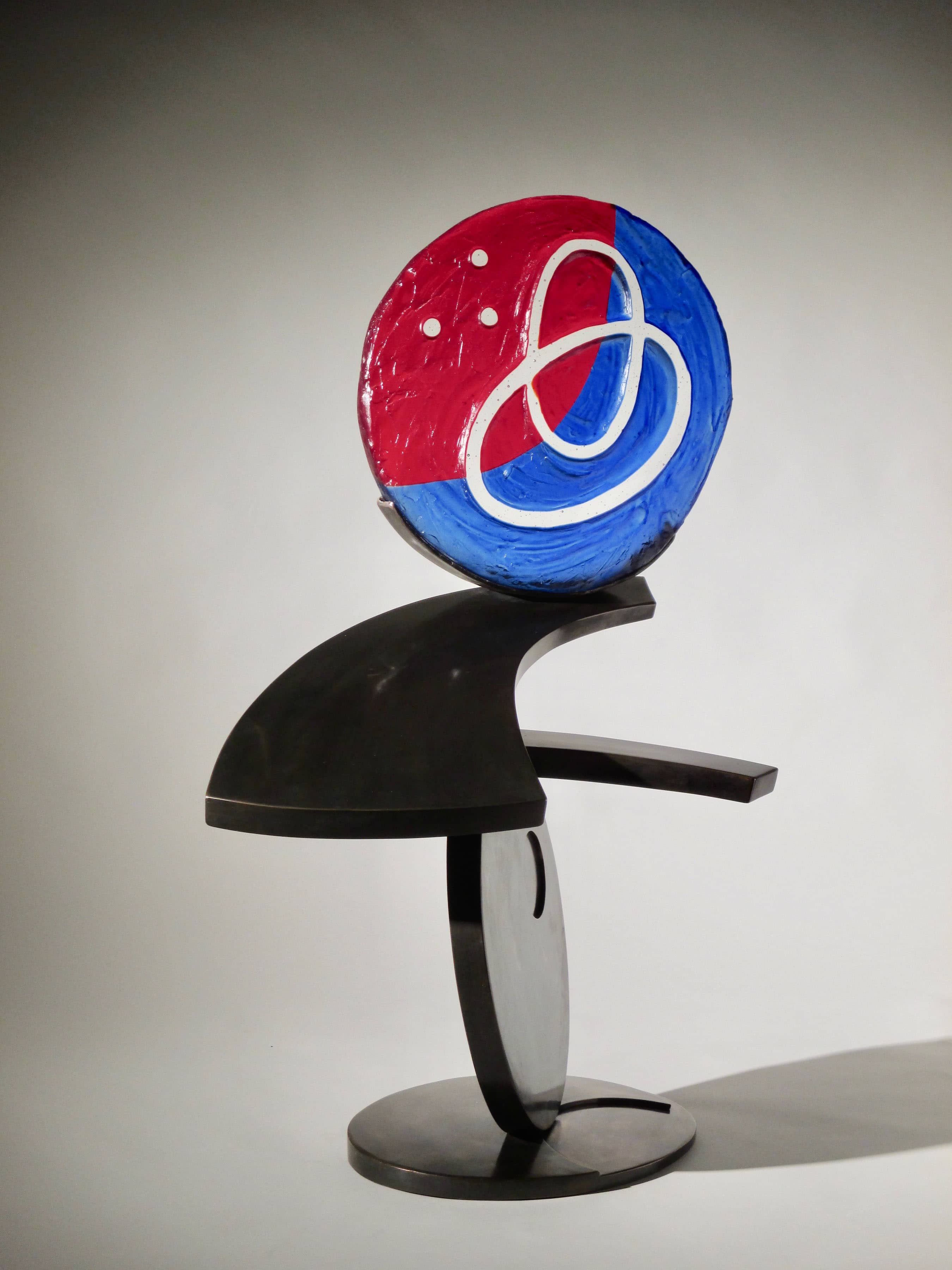
Why do you enjoy working with glass?
The three-dimensional world is reflected light and shadow. Glass adds transparency and translucency. Together this considerably expands the vocabulary of sculpture.
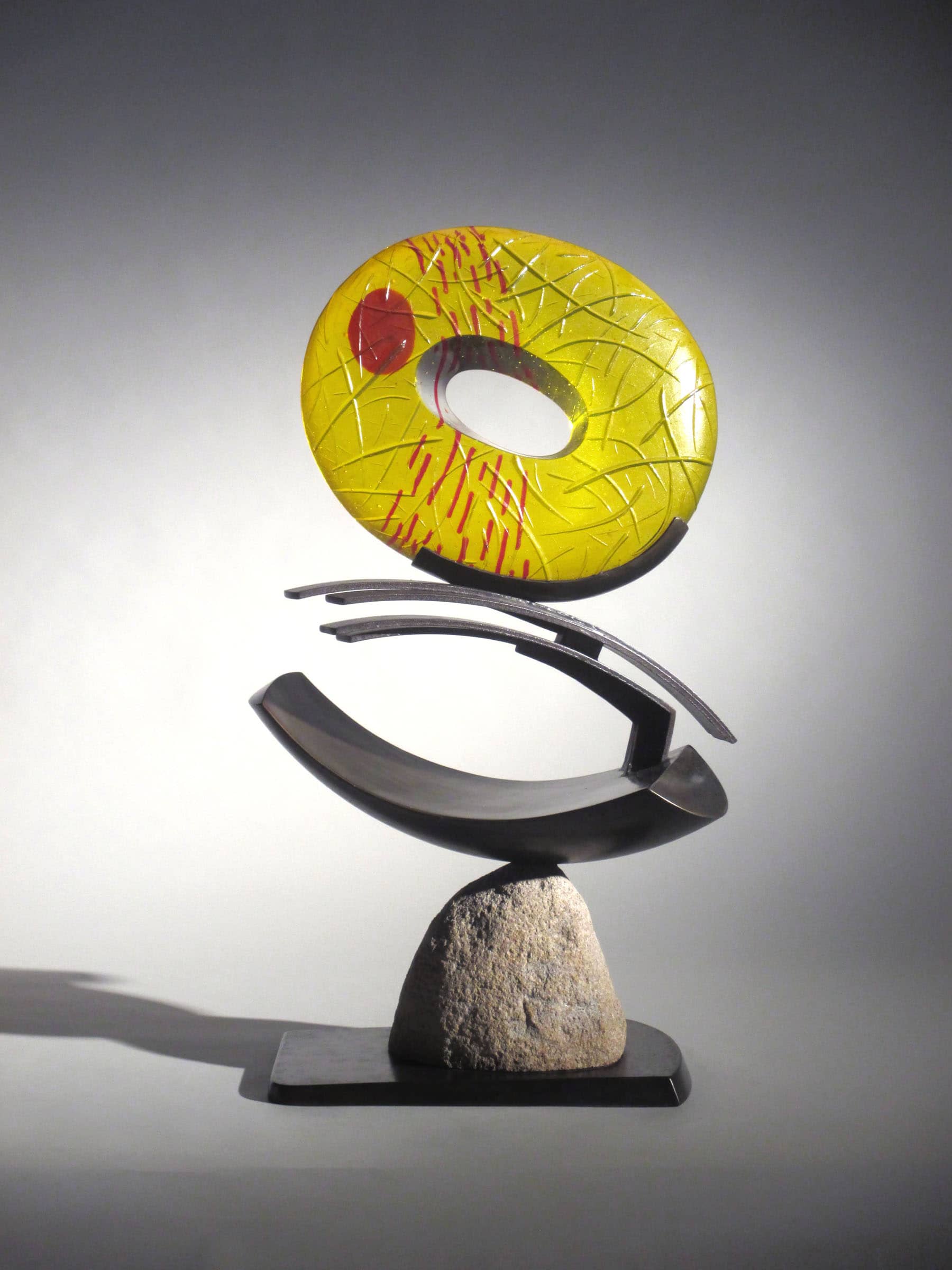
Where do you find your inspiration for your creations?
Inspiration comes from the “human figure” along with its movement and stance.
What are you most looking forward to while being an Artist in Residence at The Henry Ford?
I look forward to working with the highly skilled artisans that make up the Henry Ford glass studio. I hope to produce a three- dimensional interpretation of my Image Vessel Series.
Michigan, Dearborn, 21st century, 20th century, making, Greenfield Village, glass, artists in residence, art
Artists in Residence at The Henry Ford

Artist in Residence Hiroshi Yamano at work in the Greenfield Village Glass Shop.
Art in action. It’s one thing to admire a sculpture made of glass through the display case, studying the technique and artistry from afar. How do you take such art appreciation to the next level? Put it into action?
That’s the question Charles Sable, curator of decorative arts, and Joshua Wojick, master glassblower at the Greenfield Village Glass Shop, pondered as they thought about what’s next for The Henry Ford’s studio glass collection.
“We wanted to broaden our involvement with studio glass,” said Sable, the curator behind of The Henry Ford’s two new glass galleries, which feature studio glass. “We didn’t want the collection to become static. We wanted to express our commitment to studio glass, and glass in general, in ways that would keep our visitors engaged long into the future.”
Added Wojick, “We wanted to continue to build on the studio glass collection, build on its connection to The Henry Ford and create more of a story — our own story — that would be integrated into each object.”
That story’s next chapter comes in the form of an artist-in-residence program. This spring and summer, the Glass Shop hosts a quartet of renowned glass artists, as talented as they are different in their approaches. The program is a first of its kind for the Glass Shop.
In May, Japanese glass artist Hiroshi Yamano kick-started the program, spending five days in the Glass Shop working with The Henry Ford’s artisans and giving visitors a close-up view of his creative process. Formally trained sculptor and glass artist Herb Babcock will also take up temporary residence in the village, along with Marc Petrovic (several of his pieces are part of The Henry Ford’s Bachmann studio glass collection) and technical glassblower Janusz Pozniak.
“We wanted artists that were willing to share their individual artistic process with the public at large,” said Wojick. “Within our shop, we show the public mostly early American glass. This program opens up our studio for the first time, really giving us a chance to show visitors how contemporary artists work, implement designs, collaborate and meld concepts into the physical.”
The pièce de résistance of the program — each artist will leave behind a one-of-a-kind finished piece that will undoubtedly add to the evolving story of The Henry Ford’s glass collection.
artists in residence, making, Greenfield Village, glass, art
Thank You, Bruce

On Wednesday, March 22nd, 2017, a dear friend of The Henry Ford, Bruce Bachmann, passed away. I’ve known Mr. Bachmann since February 2010 when I was welcomed into his Glencoe, Illinois home. Bruce and his late wife Ann invited me to see their spectacular collection of studio glass. I was struck by their gracious hospitality and passion for studio glass. Sociable and gregarious, the Bachmanns loved to talk about their studio glass “family,” a network of artists, collectors, and gallery owners. Over time, the relationship grew into a friendship and ultimately, the donation of the Bachmann’s collection to The Henry Ford in 2015. This collection is the heart of the recently opened Davidson-Gerson Modern Glass Gallery in Henry Ford Museum of American Innovation. A significant portion of the upcoming Davidson-Gerson Gallery of Glass in Greenfield Village, opening this spring, features masterpieces from the Bachmann’s collection.


This piece of studio glass, shown above, from Richard Royal’s Relationship Series, was a favorite of Bruce and Ann Bachmann. It lived in their master bedroom and was one of the first pieces they saw as they awoke every morning, a warm reminder of familial relationships. The artist describes the piece as the abstracted arms of a mother and father holding a child. The Bachmanns were devoted to their four children and grandchildren, likewise they saw their relationship with The Henry Ford as an extension of their own family, and a place where families gather and spend time together.
Bruce will be missed by all of us at The Henry Ford who have worked closely with him over the past seven years. A link to his obituary can be found here. See more pieces from the Bruce and Ann Bachmann Glass Collection in our digital collections.
Charles Sable is Curator of Decorative Arts at The Henry Ford.
Illinois, 21st century, 2010s, in memoriam, Henry Ford Museum, Greenfield Village, glass, by Charles Sable
Glass Gallery x2

With the Davidson-Gerson Modern Glass Gallery opening in Henry Ford Museum of American Innovation last fall, Greenfield Village is the site for the next chapter in this exhibit's story.
The Davidson-Gerson Modern Glass Gallery is in Henry Ford Museum of American Innovation. It opened in October 2016. The Davidson Gerson Gallery of Glass is in Greenfield Village’s Liberty Craftworks District. Its grand opening is set for spring 2017.
Both galleries provide an in-depth look at the American glass story. The museum gallery focuses specifically on the studio glass movement of the 1960s, while the village gallery, supported by the Michigan Council for the Arts and Cultural Affairs, surveys the history of American glass, ranging from 18th-century colonial glass through 20th-century mainstream glass as well as studio glass.
Charles Sable, curator of decorative arts, was tasked with updating and reinterpreting The Henry Ford’s American glass collection. He envisioned creating an all-new gallery adjacent to the museum’s Glass Shop in the Liberty Craftworks District of Greenfield Village — a place to exhibit portions of the institution’s 10,000 glass artifacts currently in storage. His vision intersected with that of collectors Bruce and Ann Bachmann, who were seeking to donate their 300-piece studio glass collection.
According to Sable, the studio glass movement, which began in the early 1960s, is recognized as a turning point in the history of glass, as artists explored the qualities of the medium in a studio environment. Their goal was to create fine art. Evolving over a 20-year period, the movement matured in the 1980s with artists producing a myriad of unique works.
While other museums were interested in the Bachmann collection, it was The Henry Ford that garnered the collectors’ full attention and eventually their generous donation. “The Bachmanns had very specific criteria for their collection,” said Sable. “They were looking for an institution that was in an urban area, preferably in the Midwest where they live, had a large visitation, and was capable of exhibiting and maintaining the collection.
“As Bruce told me, it was a good marriage. He felt his collection would live here in perpetuity,” added Sable.
The story of the studio glass movement is now on permanent exhibition in the DavidsonGerson Modern Glass Gallery, which is located in the museum space that once showcased The Henry Ford’s silver and pewter collections. “Our exhibit is a deep dive into how studio glass unfolded,” said Sable. “It’s the story of the combination of science and art that created a new and innovative chapter in the history of glass.”
The exhibition also looks at the impact of studio glass on everyday life and includes a section on mass-produced glass influenced by studio glass and sold today by retailers such as Crate and Barrel, Pier 1 Imports and others.
Once the new Davidson-Gerson Gallery of Glass in Greenfield Village opens this spring, thousands of visitors will have an added opportunity to see larger-scale studio glass pieces from the Bachmann collection as well as the evolution of American glass.
DID YOU KNOW?
The Bachmann studio glass collection includes representation of every artist of importance in the movement, including Harvey Littleton, Dominick Labino, Dale Chihuly, Lino Tagliapietra, Laura Donefer and Toots Zynsky.
The gallery is a careful redesign of the McDonald & Sons Machine Shop in the Liberty Craftworks District.
BY THE NUMBERS
180: The number of glass artifacts on display in Henry Ford Museum of American Innovation’s Davidson-Gerson Modern Glass Gallery.
155: The number of artists represented in the Bachmann studio glass collection.
300: The number of studio glass pieces in the Bachmann collection
Additional Readings:
- Davidson-Gerson Modern Glass Gallery
- Beyond Favrile: Louis Comfort Tiffany and American Culture
- Western Interactions with East Asia in the Decorative Arts: The 19th Century
- Tiffany and Art Glass
21st century, 20th century, The Henry Ford Magazine, philanthropy, Henry Ford Museum, Greenfield Village, glass, decorative arts, art
Studio Glass Expert on Display: Paul Stankard

"Rose Hips Diptych C8" by Paul Stankard, 1994. THF163681
Paul Stankard is one of the founders of the Studio Glass movement of the 1960s and 1970s. Most early Studio Glass artists began their careers creating paperweights and moved on to other forms. Stankard concentrated on creating the most technically sophisticated and beautiful paperweights he could imagine. Today, Stankard is acclaimed for his miniature worlds, consisting of imaginary botanicals, bees and sometimes human figures.

"Cylinder with Native Flowers, Honeybees, and Figures" by Paul J. Stankard, 2002. THF165042
You can see examples of his work in Henry Ford Museum's newest exhibit, the Davidson-Gerson Modern Glass Gallery, as well as in this expert set, selected by our staff, within our digital collections.
Additional Readings:
- Vase Made by Harvey K. Littleton at the Second Toledo Museum of Art Glass Workshop, 1962
- Western Interactions with East Asia in the Decorative Arts: The 19th Century
- Photographing Glass
- Beyond Favrile: Louis Comfort Tiffany and American Culture
making, 21st century, 20th century, Henry Ford Museum, glass, art
Now Open: Davidson-Gerson Modern Glass Gallery

When Charles Sable, curator of decorative arts, was tasked with updating The Henry Ford's American glass collection, he accepted the challenge with enthusiasm. He envisioned creating an all-new gallery on the grounds of The Henry Ford, a place to exhibit portions of the institution's 10,000 glass artifacts currently in storage.
The gallery would also give him a strong talking point with Bruce and Ann Bachmann, private collectors of one of the most important Studio Glass collections. According to Sable, the Studio Glass Movement, which originated in the early 1960s, is recognized as a turning point in the history of glass as artists explored the qualities of of the medium in a studio environment. Their goal was to create fine art, in place of craft or mass produced objects.

While other museums were interested in the Bachmann Collection, it was The Henry Ford that garnered their full attention. "The Bachmanns had very specific criteria for their collection," said Sable. "They were looking for an institution that was in an urban area, preferably in the Midwest where they live, had a large visitation, and was capable of exhibiting and maintaining the collection."
After years of hard work, The Henry Ford recently added the Bachmann glass collection to its Archive of American Innovation. "As Bruce [Bachmann] told me, it was a good marriage," noted Sable of the donation. "He felt his collection would live here in perpetuity."

This month, the story of the Studio Glass Movement becomes a permanent exhibit in Henry Ford Museum with the opening of the Davidson-Gerson Modern Glass Gallery. "Our exhibit is a deep dive into how Studio Glass unfolded," said Sable. "It's the story of the combination of science and art that created a new and innovative chapter in the history of glass. As a history museum we look at the impact of Studio Glass on everyday life – we will include a section on mass-produced glass influenced by Studio Glass, but sold by retailers such as Crate and Barrel, Pier 1 Imports and others."
With donor support and fundraising, Sable's vision for an all-new glass gallery in Greenfield Village is also a reality. The Gallery of American Glass will open in the Liberty Craftworks District in spring 2017, giving thousands of visitors the opportunity to see the artistry and evolution of American glass through artifacts, digitized images and interactive displays.
Did You Know?
The Bruce and Ann Bachmann Studio Glass Collection numbers approximately 300 pieces, with representation of every artist of importance, including Paul Stankard, Harvey Littleton and Toots Zynsky.
The all-new Gallery of American Glass is a careful redesign of the McDonald & Sons Machine Shop in Greenfield Village's Liberty Craftworks District. The Davidson-Gerson Modern Glass Gallery in Henry Ford Museum is located in the hall that once displayed the sliver and pewter collection.
Additional Readings:
- Vase Made by Harvey K. Littleton at the Second Toledo Museum of Art Glass Workshop, 1962
- "Devils Blowing Glass" by Lucio Bubacco, 1997
- Tiffany and Art Glass
- Artist in Residence: Shelley Muzylowski Allen
Greenfield Village, Henry Ford Museum, philanthropy, art, glass
Digitizing Our Newest Exhibit

Henry Ford Museum’s newest exhibit, the Davidson-Gerson Modern Glass Gallery, formally opens on October 14, 2016. In this exhibit, you’ll learn about the evolution of modern studio glass, and how it blends art, science, and technological innovation.
We’re happy to announce that we’ve already digitized about 80% of the pieces on exhibit, with the remainder to be available online by early next year. One example, shown here, is “Scarlet Macaw” from the Parrot Series by Noel Hart, an Australian artist.
Get a feel for studio glass by visiting our Digital Collections and browsing this and dozens of other pieces from the Bruce and Ann Bachmann Glass Collection that you’ll see in the exhibit, including many with 360-degree images—and then be sure to plan a trip to see these pieces and more in person!
Ellice Engdahl is Digital Collections & Content Manager at The Henry Ford.
Additional Readings:
House of Glass
![Ford's New-Model Quality Center MS37640[1] Ford's New-Model Quality Center MS37640[1]](/SitefinityImages/0x0-44c54e84-d30d-6b61-be8b-ff010073bae4.jpg)
Photo courtesy of Ford Motor Company Archives.
Restored architectural gem stands out in its industrial space
You don’t usually associate large manufacturing factories with architectural beauty. Sightseers at the Ford Rouge Complex’s glass plant, however, might be inclined to think otherwise.
This plant looks different. No concrete, only rivets and steel. From inside, the high roof and floor-to-ceiling windows create an unusually airy, spacious atmosphere. Natural light can’t help but stream in, creating a softness and easy glow.
Designed by famed American industrial architect Albert Kahn, the Ford Rouge’s glass plant was built in 1923 as an automotive glass-production facility. “It was about achieving volume,” Don Pijor, launch manager at the Dearborn Truck Plant and site expert for the glass plant, said of the building’s original design. “This space was built with steel columns riveted together, which gives it much more usable real estate.”
In the late ‘90s, the 40,000-square-foot building was taken out of the complex’s production equation, its sweeping windows covered with aluminum and its new primary purpose as a warehouse.
When the restoration process began in the mid-2000s, the original intent was to transition the building into office space. Pijor later helped persuade Ford Motor Company leadership to put the plant to better use as a prove-out and employee training building for the Ford F-150, the truck built at the Rouge’s Dearborn Truck Plant.
Careful decisions were made at every corner during the restoration. The building’s window glass, for example, had come from Europe, so the restoration team reached out overseas to the original manufacturer for the glass to replace the windows. Entry doors to a fire station that was part of the building’s layout were also replaced to replicate those of the original specs.
“It’s beautiful,” Cynthia Jones, The Henry Ford’s Ford Rouge Factory Tour manager, said of the glass plant today. “There’s lots of natural light, and even though the fire station doors are in an area the public doesn’t see, restoring them showed respect for the continuing history of the site.”
Today, the glass plant is a house for innovation, used for prototyping by Ford engineers and designers. As a result of its newfound purpose, the building’s glass at the lower levels is frosted so outsiders can’t see the confidential work being done inside.
Said Jones of balancing the building’s historical integrity with its modern uses, “When you’re making choices about restoring buildings, you look at product — what is it we’re making at this place and what does it need? You’re also employee-driven because if they can’t do their job well here, changes have to be made. Third, how does it affect the area around it? I think this site has that balance.”
Though the effectiveness of the plant’s current functions are at the forefront of any decision-making about its form, preserving its history is meaningful for the people who work there as well as for posterity. Added Pijor, “To sit in this space and watch flaming ore cars go by, it’s as if it has been like this for 100 years.”
 Ford Rouge Glass Plant, 1927. THF 113886
Ford Rouge Glass Plant, 1927. THF 113886
National Historic Landmark
The Ford Rouge Complex was designated a National Historic Landmark in 1978.
The rare designation (with just 2,500 historic landmarks nationwide) usually restricts future changes to a site. The Ford Rouge Complex, however, is recognized as remaining in continual operation, which means the designation can be maintained even as the site continues to evolve.
“It’s important for the public to be aware” of the designation, said Jones. The designation is marked at the complex’s entry with a plaque and a statue of Henry Ford.
Summer 2015 marked 100 years since Ford started acquiring the property which the Rouge now inhabits. “We’re carving out space within this giant industrial complex to recognize its history and the history of the hundreds of thousands of people that have been employed here,” said Jones.
Michigan, Dearborn, 21st century, 20th century, manufacturing, glass, Ford Rouge Factory Complex, Ford Motor Company, design

